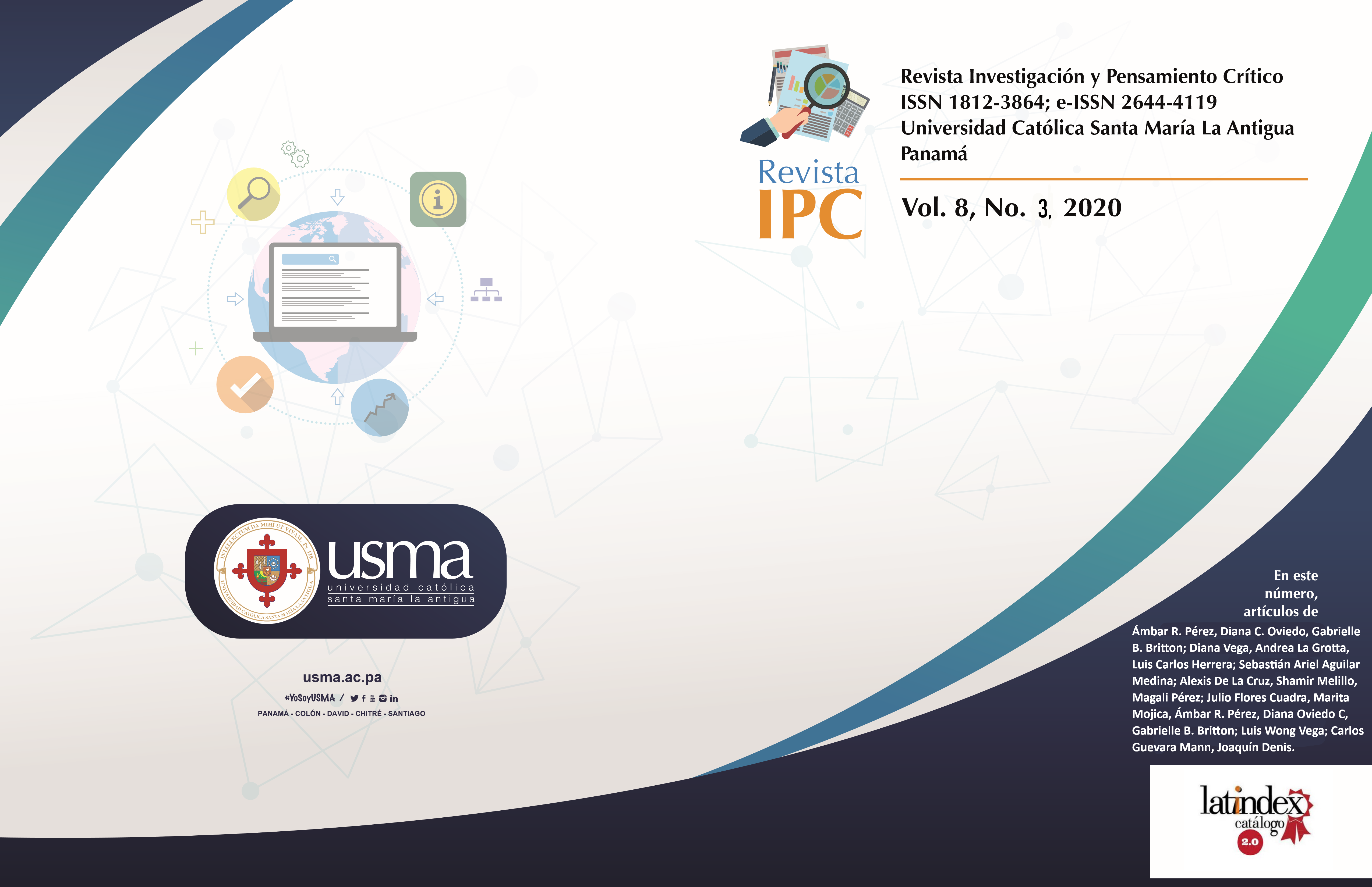La Poesía Hebrea-Panameña
DOI:
https://doi.org/10.37387/ipc.v8i3.173Keywords:
Poetry, Hebrew-Panamanian, decendents, expressionsAbstract
Panama is a multi-ethnic state. Expressions of this diversity are manifested in all aspects of the country's life, to a greater or lesser extent, but always with expressions that demonstrate its presence and that contribute wealth to the resulting amalgam that is our Panamanianity.
According to the writer Edilberto Gonzáles Trejos, "descendants of the" Anusim ", pigs or crypto-Jews from the Iberian Peninsula, have lived in Panama since the beginning of the 16th century" (1). This author adds that "Jews, both Sepharim and Ashkenazim, began to arrive in Panama in significant quantities, only in the mid-nineteenth century, attracted by economic incentives such as the construction of the bi-oceanic railway and the California gold rush" (ibidem) .
In a journalistic work published in the Spanish newspaper El País, more or less five years ago, an estimate was made of the Jewish population in Panama. The author then pointed out that: "the Panamanian Jewish community ranges from 15,000 to 17,000 members, of whom 9,000 to 12,000 are descendants of the Sephardim, according to various calculations by the Hebrew organizations of Panama" (2). Probably, this population could be around twenty thousand people today.
The Jewish community has made substantial contributions to the Panamanian institutionality, particularly in the socio-cultural sphere. The author Leizel Verbel points out that “thanks to the collaboration of the Jewish community in Panama, the Panama Fire Department, the National Symphony Orchestra, and the Technological University were established, to mention the most notorious. More recently, the Panama Biomuseum was inaugurated, with a substantial donation from the Jewish community ”(3).
Downloads
Published
How to Cite
Issue
Section
License
1. The authors preserves the patrimonial rights (copyright) of the published works, and favors and allows their reuse.
2. The journal (and its contents) use Creative Commons licenses, specifically the CC BY NC SA type, where: "the beneficiary of the license has the right to copy, distribute, display and represent the work and make derivative works provided you acknowledge and cite the work in the manner specified by the author or licensor."
3. They can be copied, used, disseminated, transmitted and exhibited publicly, provided that: i) the authorship and the original source of its publication (magazine, publisher and URL, DOI of the work) are cited; ii) are not used for commercial purposes.
4. Conditions of self-archiving. Authors are encouraged to electronically disseminate the post-print versions (version evaluated and accepted for publication), as it favors their circulation and dissemination, increases their citation and reach among the academic community.











